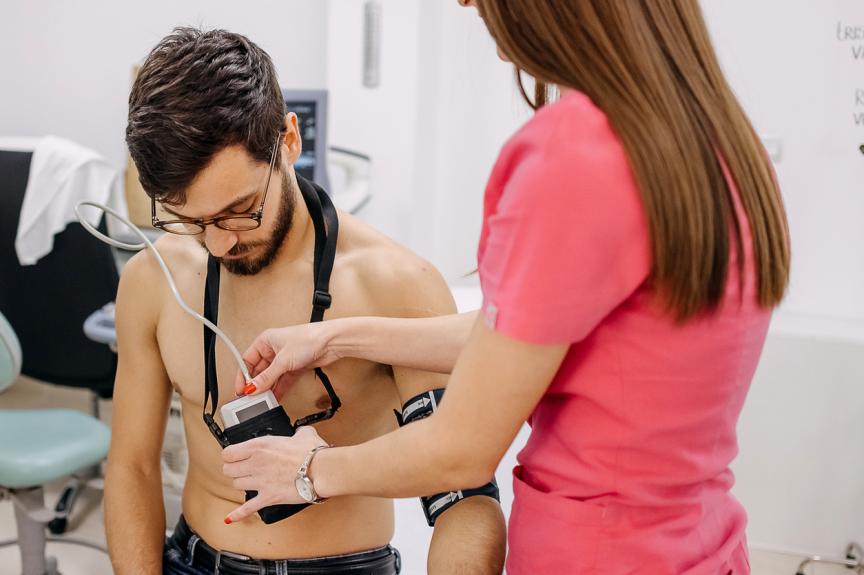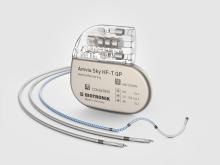What are the Symptoms of Syncope?
Syncope can be associated with different symptoms that are experienced immediately before fainting:
- Feeling lightheaded
- Cool and clammy skin
- Feeling of weakness
- Unsteadiness
- Headache
- Nausea
- Seeing spots or blurred vision
- Ringing in the ears
- Blacking out
Some people might also be confused immediately after regaining consciousness and will need a few minutes to completely recover.

How is Syncope Diagnosed?
If you only faint once and it was brought on by standing for a long time or being dehydrated, the cause is most likely harmless. Many people experience one or more episodes of syncope in their lives. However, without a medical check, you cannot know whether your fainting was harmless or a symptom of a serious health problem. To find the cause of syncope, your doctor will probably ask you questions about what you were doing shortly before fainting. In addition to a thorough physical examination, your doctor will most likely perform an electrocardiogram (ECG) while laying down and a stress test to take a closer look at your heart rhythm. Maybe they will also recommend a tilt table test (TTT). For this test, you will be attached to an ECG and blood pressure measuring machine to see if your heart rhythm or blood pressure changes when you change from lying to upright. But even with these tests, it will sometimes not be possible to find out what caused your fainting. In these cases, further examinations are required.
Your doctor will most likely run some lab tests as well. Many doctors also prefer taking a closer look at your heart functions to understand the underlying reasons for the reoccurring syncope. The cause of a cardiac syncope, for instance, is not always visible with an electrocardiogram.
Since cardiac arrhythmias may occur only temporarily it may be recommended to perform a long-term ECG. A Holter monitoring is a continuous 24-hour tape recording of an ECG. It is done with a portable device, which can be worn during daily activities. An external loop recorder (ELR) is fastened to the patient's belt and measures the ECG over several days. The data can be transmitted automatically to the physician or the patient can initiate data transfer.
The implantation of a subcutaneous cardiac monitor or an insertable cardiac monitor (ICM) like the BIOMONITOR from BIOTRONIK is very useful to observe the heart rhythm over a longer period. This device may show the causes of previously inexplicable fainting episodes.
In addition, an electrophysiological examination of the heart may be performed. This enables the physician with the help of special electrode catheters to analyze previously unclear cardiac arrhythmias in greater detail. If the cardiac arrhythmia does not occur by itself, the physician stimulates the heart with electrical impulses via the catheter to determine its type and origin. This invasive procedure is performed in an EP laboratory and monitored by X-ray.

How is Syncope Treated?
Treatment for syncope depends on the underlying cause. If the reason for the fainting is a heart rhythm disorder, your doctor needs to determine which sort of disorder or arrhythmia is causing you to faint. Under “Related Topics” you will find links to various arrhythmias and how they are treated as well as tips on how to make lifestyle changes to live a heart-healthy life.


